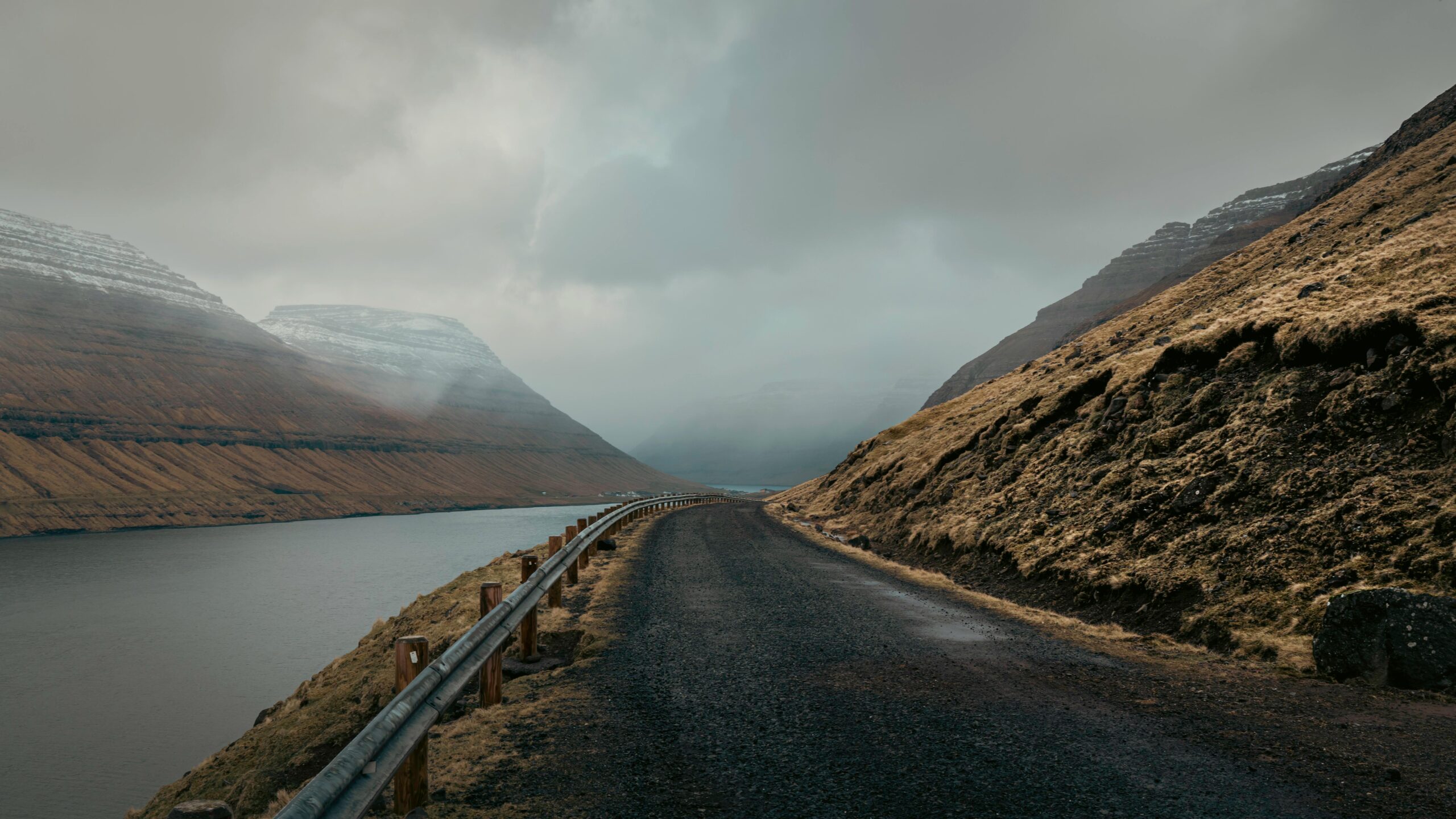Europe’s vast landscapes offer a plethora of wild, untouched destinations for those seeking solitude and a deep connection with nature. From rugged mountains to serene islands, here are some of the continent’s hidden gems that promise adventure away from the typical tourist trails.

1. Julian Alps, Italy
While the Julian Alps are predominantly associated with Slovenia, the Italian side near Sella Nevea offers equally breathtaking vistas with fewer visitors. Towering limestone peaks rise above dense pine forests, creating a haven for wildlife enthusiasts and hikers alike. The area is rich in biodiversity, hosting various large mammals and bird species.
2. Stora Karlsö, Sweden
Located off the west coast of Gotland, Stora Karlsö is one of the world’s oldest nature reserves. This secluded island is renowned for its unique flora, including rare orchids, and serves as a nesting ground for numerous seabirds. Visitors can enjoy tranquil walks amidst its limestone cliffs and meadows, experiencing nature in its purest form.
3. Salt Marshes near Hyères, France
The pink salt marshes near Hyères in southern France are a visual delight. These coastal wetlands are home to vibrant flamingo populations and offer scenic trails for birdwatching and photography. The interplay of light on the saline waters creates mesmerizing hues, especially during sunrise and sunset.
4. Meseta Region, Spain
Venturing off the traditional Camino de Santiago path leads travelers to the serene Meseta region. Characterized by its vast plains and gentle rolling hills, this area is rich in avian life, making it a paradise for birdwatchers. The tranquil environment offers a reflective experience, far removed from bustling tourist spots.
5. Carpathian Forests, Romania
The Carpathian Mountains in Romania boast some of Europe’s most pristine forests. These dense woodlands are habitats for elusive wildlife such as bears, wolves, and lynx. Beyond the natural allure, the region is steeped in folklore and traditions, offering a cultural immersion alongside wilderness exploration.
6. Laugavegur Trail, Iceland
Iceland’s Laugavegur Trail is a trekker’s dream, weaving through diverse terrains from geothermal hot springs to glacial valleys. The trail offers communal huts for overnight stays, fostering camaraderie among hikers. The ever-changing landscapes provide a dynamic backdrop for an unforgettable adventure.

7. Western Coast of Sardinia, Italy
Sardinia’s western coastline remains largely untouched, presenting rugged cliffs, hidden coves, and ancient ruins. This area is ideal for those seeking solitude amidst nature, with opportunities to explore archaeological sites and observe endemic wildlife in their natural habitats.
8. Lastovo Island, Croatia
Once a military zone, Lastovo Island has preserved its natural beauty, free from overdevelopment. Recognized as a dark-sky park, it’s perfect for stargazing. The island’s dense forests and clear waters make it a haven for nature lovers and those seeking tranquility.
9. Bieszczady National Park, Poland
Situated in southeastern Poland, Bieszczady National Park offers rolling hills, dense forests, and a chance to spot wild bison. The region’s post-war history adds a layer of intrigue, with abandoned villages and relics dotting the landscape, telling tales of a bygone era.
10. Cabo de Gata-Níjar Natural Park, Spain
Located in southeastern Spain, this coastal desert park boasts volcanic landscapes, secluded beaches, and unique flora. The area’s minimal infrastructure ensures a genuine connection with nature, making it ideal for hikers and solitude seekers.
Frequently Asked Questions (FAQs)
Q1: Are these destinations suitable for solo travelers?
Yes, many of these locations are ideal for solo adventurers seeking solitude. However, it’s essential to research each area’s safety guidelines and ensure you’re well-prepared, especially in remote regions.
Q2: What’s the best time of year to visit these wild places?
Spring and early autumn are generally favorable, offering mild weather and fewer tourists. However, specific destinations might have unique seasonal attractions, so it’s advisable to check local conditions.
Q3: Do I need special permits to visit these areas?
Some protected areas or nature reserves may require permits, especially for activities like camping or guided tours. It’s recommended to consult official websites or local authorities before planning your visit.
Q4: Are there accommodations available nearby?
While some locations have nearby villages or towns with lodging options, others might be more remote. Planning ahead and booking accommodations in advance is advisable, especially during peak seasons.
Q5: How can I minimize my environmental impact while visiting?
Practice Leave No Trace principles: carry out all waste, stay on designated trails, avoid disturbing wildlife, and respect local customs and regulations. Supporting local businesses also contributes positively to the community.
Exploring these wild European destinations offers not just scenic beauty but also a chance to reconnect with nature and oneself. With careful planning and respect for the environment, these adventures can be both memorable and sustainable.

Sources The Guardian


